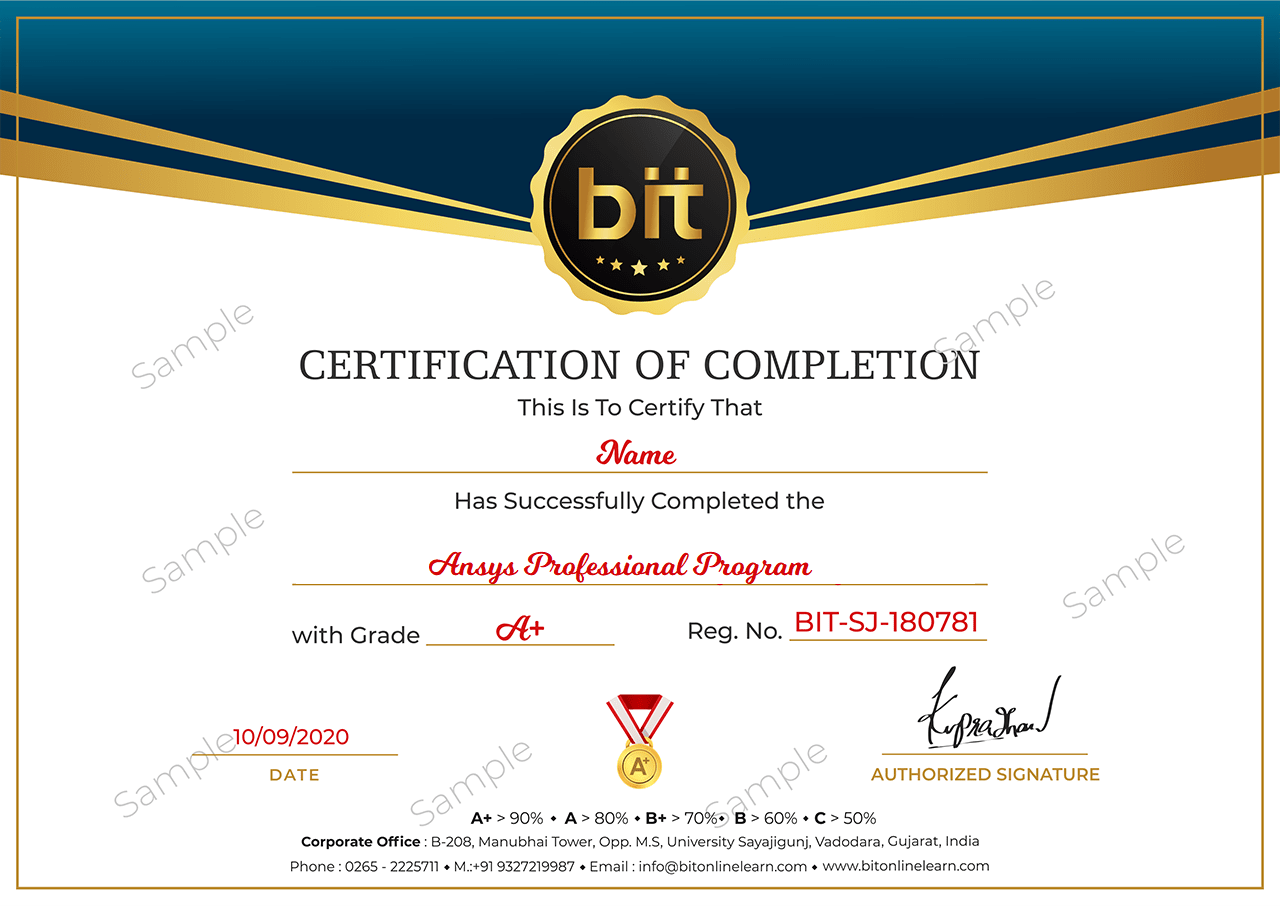Lecture-8 Finite Element Modeling (FEM) - II
· Mesh Generation
· Mesh Density
· Meshing the Solid Model
· Setting Element Attributes
· Defining the Mesh
· Defining the Entity to be Meshed
· Defining the Meshing Type
· Meshing the Model
· Refining the Mesh Locally
· Extruding the Mesh
· Transitional Pyramid Elements
· Requirements for Creating Pyramid Elements
· Creating Transitional Pyramid Elements (Hex-to-Tet Meshing)
· Converting Degenerate Tetrahedral (20 nodes) Elements into
· Non-degenerate (10 nodes) Tetrahedral Elements
· Plotting Pyramid Elements
· Meshing the Beam with Orientation Nodes
· Creating the Beam Mesh with Orientation Nodes
· Creating the Beam Mesh with Two Orientation Nodes
· Improving the Tetrahedral Element Meshes
· Improving Tetrahedral Meshed Volumes by Using Volumes
· Improving Tetrahedral Meshed Volumes by Using Detached Elements
· Some Additional Tips while Meshing the Model
· Applying Loads
· The Nodal Coordinate System
· Loads in Different Disciplines
· Types of Loads in ANSYS
· Practical Exercise











